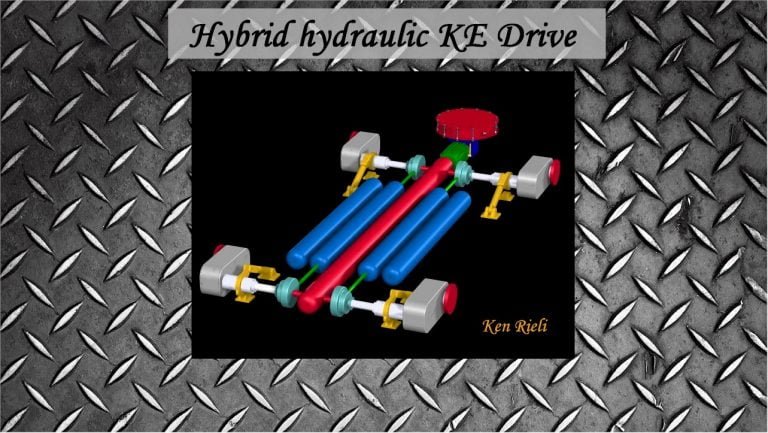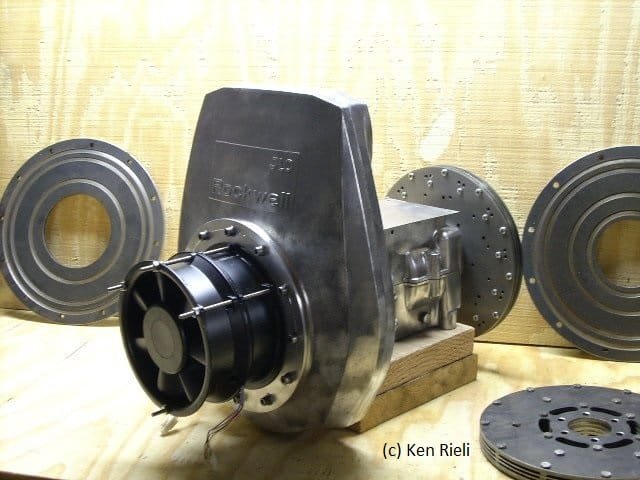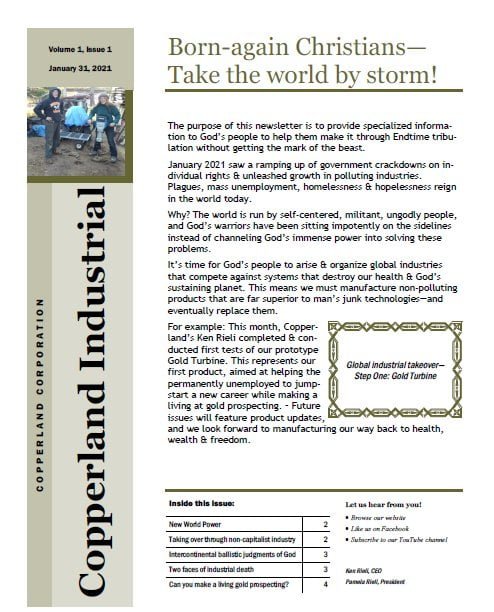Cleaning up 2-cycle engine exhaust
Merging the basic components of two-cycle engines with advanced combustion & turbine technologies, Ken Rieli’s Phoenix Two-Cycle-Hybrid-Turbine™ is a cost-effective way to retrofit polluting public transportation fleets.
Particularly in developing countries, where two-cycle vehicles are in widespread use, inferior combustion techniques inherent in two-cycle engines have made life in major cities unbearable. Several governments have already banned two-cycle diesel engines and are taking aim at four-cycles and other sources of emissions.
The low-emissions Phoenix Two-Cycle-Hybrid-Turbine™ is based on advanced boundary-layer turbine concepts, which means there are no critical aircraft-style turbine blades or costly materials involved in manufacturing. Cost of manufacturing is a crucial consideration for countries trying to meet emissions quotas without incurring additional debt.
By employing our technology breakthroughs, two-cycle manufacturers can keep most of their existing assembly processes, simply modifying engine cases, drive shafts, etc. to accept the new parts. Resultant engines are ready to drop into existing vehicles with little or no modifications — and are multi-fuel capable to take advantage of existing fuel infrastructures.
The enabling technology behind the company’s pollution-busting turbines is their ultra-high efficiency combustor breakthrough. Announced in July 2000 by Rieli’s R&D company (Phoenix Navigation & Guidance Inc.), PNG Inc.’s advanced combustor breaks down fuel molecules to their atomic level in a vapor state reactor. Other unique combustion techniques include a resonant linear tube combustion chamber & proprietary vortex counter-flow mixing system.






